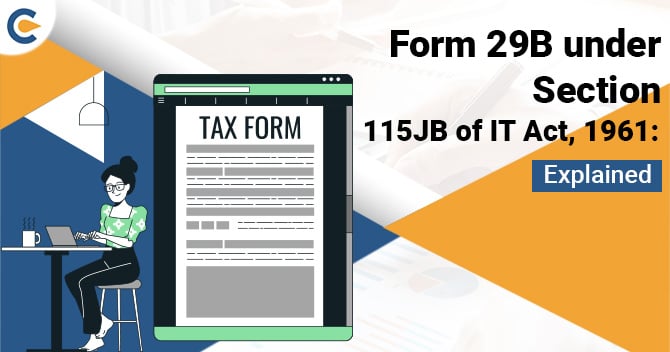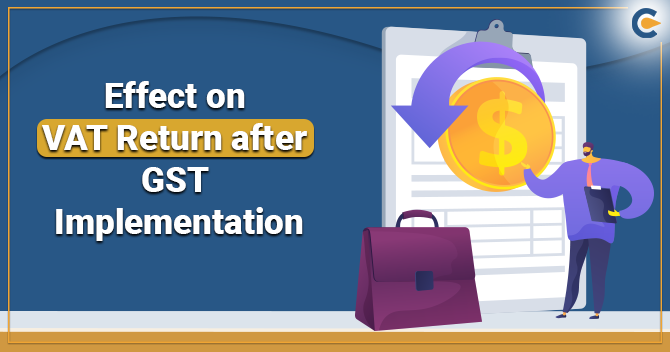Form 29B allows entities to disclose book profits authenticated by a Charted Accountant for a given assessment year as per the norms mentioned u/s 115JB of the Income Tax Act, 1961. Eligible taxpayers being a company, can file this form via online and offline mode. The write-up will cast some light on the applicability of Form 29B and unveil its exact purpose. But before we start exploring the core topic, let’s go through some fundamentals first.
Concept of Zero-Tax Company and Advent of Minimum Alternate Tax
A zero tax company is a business that reflects a book profit & pays dividends to stakeholders but does not address tax obligations. This became a problematic scenario for tax authorities in India until it was modified in the 1990s. In India, two distinct business tax laws conflicted with each other. An entity was accountable to pay taxes as per the IT Act, but P&L accounts were prepared in the purview of the Companies Act. This meant that various entities reflected book profits in the P&L account, but their income under the IT act was zero or insignificant.
In 1996/, the MAT, aka Minimum Alternative Tax, was introduced, which differentiated the two accounting practices. As per MAT, taxes were estimated by the standard income with available deductions that fulfil various business requirements.
As per Section 115JB, entities will require to pay a MAT of 18.5 per cent. But, this implies the book profits are exposed to the tax slab rate of 18.5%. The following example reflects the applicability of MAT in India[1].
The book profits of an organization prior to claiming any exemptions under the Income Tax Act are Rs 10 lakhs. In this scenario, the organization is required to pay MAT @ 18 per cent on the given Amount, which comes out to be Rs. 185000/-The MAT does not apply to entities operating in the life insurance regime.
Read our article:Section 269ST of IT Act 1961: Explained with Examples
Key Facts Regarding the Form 29B
The submission of Form 29B report is a legal compulsion for entities that fall under Section 115JB* of the IT Act. The company’s CA is liable to fill such a form. The applicant is required to furnish the report digitally.
In view of section 115JB*, every eligible entity is obligated to pay MAT if the Income tax payable on the overall income, estimated as the norms of the IT Act in respect of any year, is less than 15 per cent of its book profit + Surcharge + Health & Education cess.
The format of Form 29B is pretty user-friendly and straightaway. It encloses the given information:
- Name & address of the Entity
- Nature of business
- Pan card number
- Assessment year
- Amount of the Book profit
What do you mean by MAT Credit?
Every entity that is obligated to pay MAT is mandated to furnish a MAT report as specified in Form 29B (as per rule 40B of the Income Tax Norms). Accordingly, after successful tax filing, the concerned entity can avail of MAT credit. The MAT paid for a given year can be utilized as “credit” in the next year.
But, there could be difference in the Amount submitted between the Tax paid as per MAT & the Tax payable under the normal Tax. The excess MAT paid is referred to as MAT credit. Thus, such credit can be carried forward for the next 15 years.
let’s dive into an example of the MAT carry forward paradigm.
First-year the MAT paid in excess is two lakh rupees. Year 2- MAT paid in excess of One lakh rupees. In the third year, the excess Tax paid is four lakhs rupees. Therefore, at the end of the four fiscal years, this entity has the overall MAT credit amounting to Rs. 7 lakhs.
In the fourth year, the entity pays five lakh rupees as MAT; but, the real Tax to be paid is nine lakh rupees. But, in this case, the entity can leverage MAT credit worth Rs. 4 lakhs from the overall credit amount available. So the entity in the fourth year saves a fair amount of new spending.
Now in the subsequent year as well, the MAT amount is lower when contrasted with the actual payable amount. Here too, the entity uses MAT credit’s balance available to the extent of Rs 1.50,000.
What purpose does Form29B serves in general?
The entity needs to estimate the accurate tax amount under MAT & the Tax to be payable in view of standard tax provision. Certainly, the entity needs to pay a higher amount in this regard. The entity needs to pay the MAT amount. Such Amount is estimated on the basis of the book profit cited on Form 29B. The company’s CA audits this report. But, form 29B becomes a vital report for claiming MAT credit. Therefore, filing form 29B is a legal compulsion as per Income Tax Act & is profitable to claim the MAT credit.
Conclusion
Every entity that maintains a book profit needs to pay MAT. The book profit sum is revealed in the audited report under Form 29B. But, it presumes to be the company’s income for tax estimation purposes. But, in view of this, MAT is estimated & paid. Form 29B serves as a vital document to claim MAT credit in subsequent years. Furthermore, Form 29B is an absolute necessity for the company.
Read our article:IT Return for the Deceased: A Detailed Outlook











